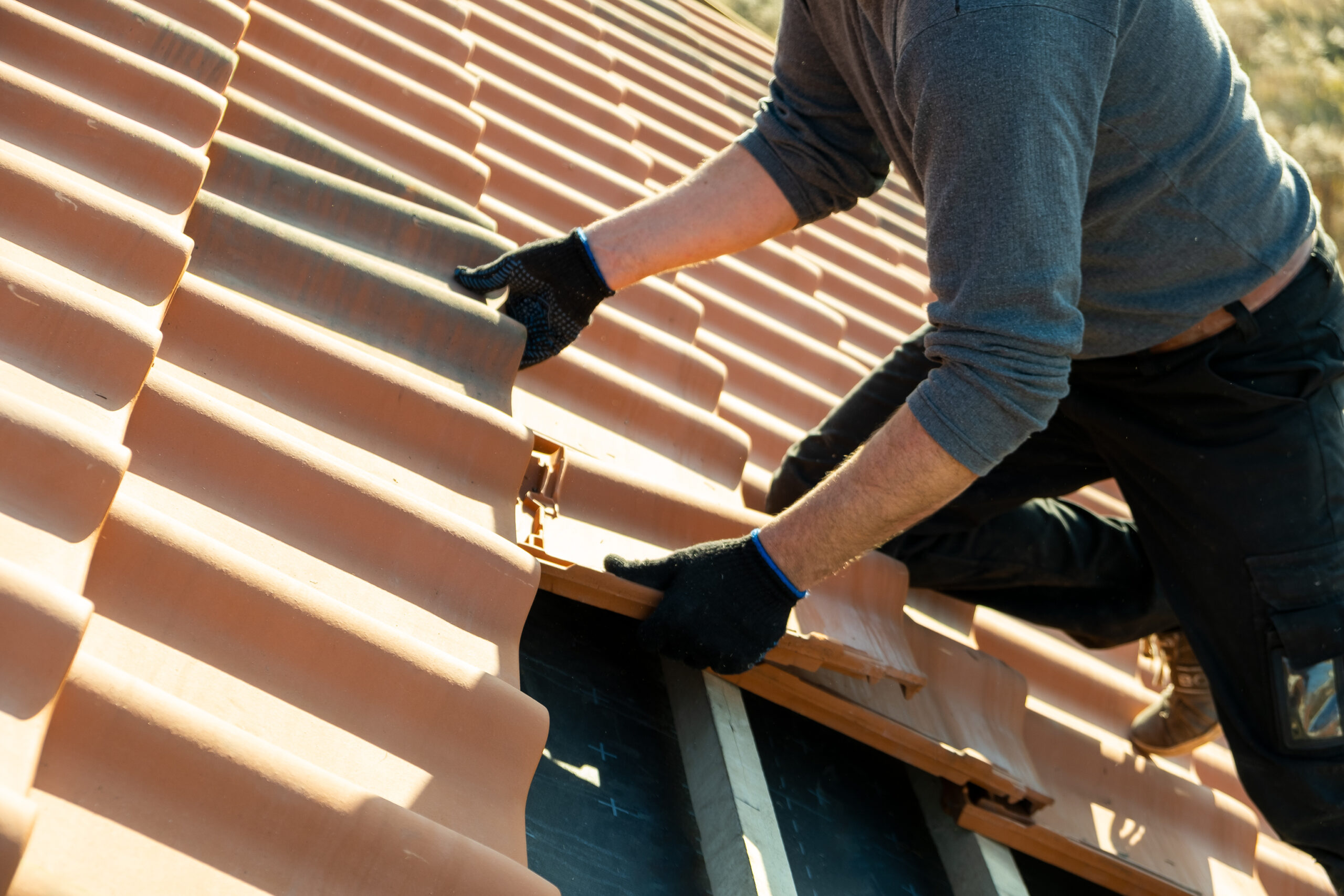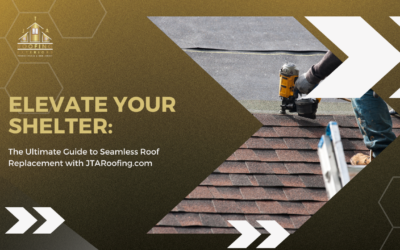Welcome to the ultimate guide to roof maintenance! In this comprehensive article, we will provide you with easy tips to extend the lifespan of your roof and protect your investment. Whether you are a homeowner or a property manager, proper roof maintenance is essential to prevent costly repairs and ensure the longevity of your roof.
With years of experience in the industry, we have gathered valuable insights that will help you effectively maintain your roof. From simple tasks like keeping your gutters clean to conducting regular inspections, we will cover all the essential maintenance steps you need to take.
By following our expert advice and implementing our practical tips, you can identify potential issues early on and take proactive measures to prevent them from escalating. With the right maintenance routine, you can significantly extend the lifespan of your roof and avoid the need for premature replacement.
Don’t let roof damage catch you off guard – stay proactive and protect your home or property with our ultimate guide to roof maintenance. Let’s get started!

Importance of Roof Maintenance
Your roof is one of the most critical components of your home or property. It protects you from the elements and keeps you safe and comfortable. However, over time, exposure to harsh weather conditions and other factors can cause wear and tear on your roof. This is why regular roof maintenance is necessary to identify and address any issues before they worsen.
One of the key benefits of roof maintenance is that it can significantly extend the lifespan of your roof. By proactively addressing small problems, such as loose shingles or damaged flashing, you can prevent them from escalating into more significant issues that may require costly repairs or even a complete roof replacement. Regular maintenance also helps maintain the structural integrity of your roof, ensuring it can withstand the elements for years to come.
Another advantage of roof maintenance is that it helps you save money in the long run. By investing in routine inspections and maintenance, you can identify potential problems early on and address them before they become more expensive to fix. Additionally, a well-maintained roof is more energy-efficient, which can lead to lower heating and cooling costs.
Signs of Roof Damage
Before we delve into the maintenance tasks, it’s essential to know how to spot signs of roof damage. By being aware of these indicators, you can address any issues promptly and prevent further damage.
One common sign of roof damage is water stains on your ceiling or walls. These stains are often caused by leaks in your roof, which can result from damaged or missing shingles, worn-out flashing, or clogged gutters. Another visible sign of roof damage is the presence of cracked or curling shingles. These can be indicative of age, weathering, or underlying issues with your roof structure.
It’s also important to keep an eye out for mold or mildew growth on your roof or in your attic. Excessive moisture can lead to the growth of these harmful substances, which can not only damage your roof but also pose health risks to you and your family. Lastly, be on the lookout for any sagging or dipping areas on your roof, as these can indicate structural issues that require immediate attention.

Common Roof Maintenance Tasks
Regular roof maintenance involves a series of tasks that should be performed at least once or twice a year. By following these simple steps, you can keep your roof in excellent condition and prolong its lifespan.
Roof Cleaning and Moss Removal
One of the essential maintenance tasks for your roof is regular cleaning. Debris such as leaves, branches, and dirt can accumulate on your roof, trapping moisture and causing damage over time. It’s crucial to remove this debris to prevent water from pooling and seeping into your roof.
Additionally, moss and algae can grow on your roof, especially in damp and shaded areas. While moss may give your roof a rustic look, it can also hold moisture and accelerate the deterioration of your shingles. Regularly inspect your roof for any signs of moss or algae and use appropriate cleaning solutions or hire professionals to remove them.
Gutters and Downspouts Maintenance
Your gutters and downspouts play a crucial role in directing water away from your roof. Clogged gutters can cause water to overflow and pool around your roof, leading to potential leaks and water damage. It’s essential to clean your gutters regularly, removing leaves, twigs, and other debris that can cause blockages.
Inspect your gutters and downspouts for any signs of damage, such as rust, cracks, or loose connections. Address these issues promptly to ensure proper water flow and prevent any potential damage to your roof and the foundation of your home or property.
Inspecting and Repairing Roof Shingles
Inspecting your roof shingles is an essential part of roof maintenance. Look for any signs of damage, such as missing, cracked, or curling shingles. These can leave your roof vulnerable to leaks and further damage. Replace any damaged shingles promptly to maintain the integrity of your roof.
In addition to visual inspections, it’s also recommended to have a professional roof inspection every few years. They can identify any underlying issues that may not be immediately visible and provide recommendations for repairs or maintenance.
Preventing Ice Dams and Snow Buildup
If you live in a cold climate, ice dams and snow buildup can pose a significant threat to your roof. Ice dams occur when warm air from your home melts snow on your roof, which then refreezes near the edges, forming a dam. This can cause water to back up under your shingles, leading to leaks and water damage.
To prevent ice dams, ensure your attic is adequately insulated and ventilated. This helps maintain a consistent temperature on your roof, preventing the melting and refreezing of snow. Additionally, removing snow from your roof promptly can help prevent excessive weight and potential damage.
Roof Ventilation and Insulation
Proper roof ventilation and insulation are vital for maintaining the longevity of your roof. Adequate ventilation helps regulate the temperature in your attic, preventing excess heat and moisture buildup. This, in turn, helps prevent the premature deterioration of your roof and the growth of mold or mildew.
Insulation plays a crucial role in energy efficiency and preventing heat loss. It helps keep your home warm in winter and cool in summer, reducing the strain on your HVAC system and lowering energy costs. Inspect your attic insulation regularly and replace or add insulation as needed.
Hiring a Professional for Roof Maintenance
While many roof maintenance tasks can be performed by homeowners, some may require the expertise of a professional. Hiring a roofing contractor or a professional roof maintenance service can ensure that your roof is thoroughly inspected, maintained, and repaired.
Professional roofers have the knowledge, experience, and tools to identify potential issues and provide appropriate solutions. They can also offer valuable advice on the best maintenance practices for your specific roof type and climate.

Conclusion
Proper roof maintenance is essential for extending the lifespan of your roof and protecting your investment. By following the easy tips provided in this ultimate guide, you can ensure that your roof remains in excellent condition for years to come. From regular cleaning and inspections to addressing any signs of damage promptly, taking proactive measures will help you avoid costly repairs and premature roof replacement.
Remember, prevention is key when it comes to roof maintenance. By investing time and effort into regular maintenance tasks and seeking professional assistance when needed, you can enjoy a durable and reliable roof that keeps you and your property safe. Don’t wait for roof damage to catch you off guard – stay proactive and protect your home or property with our ultimate guide to roof maintenance.





